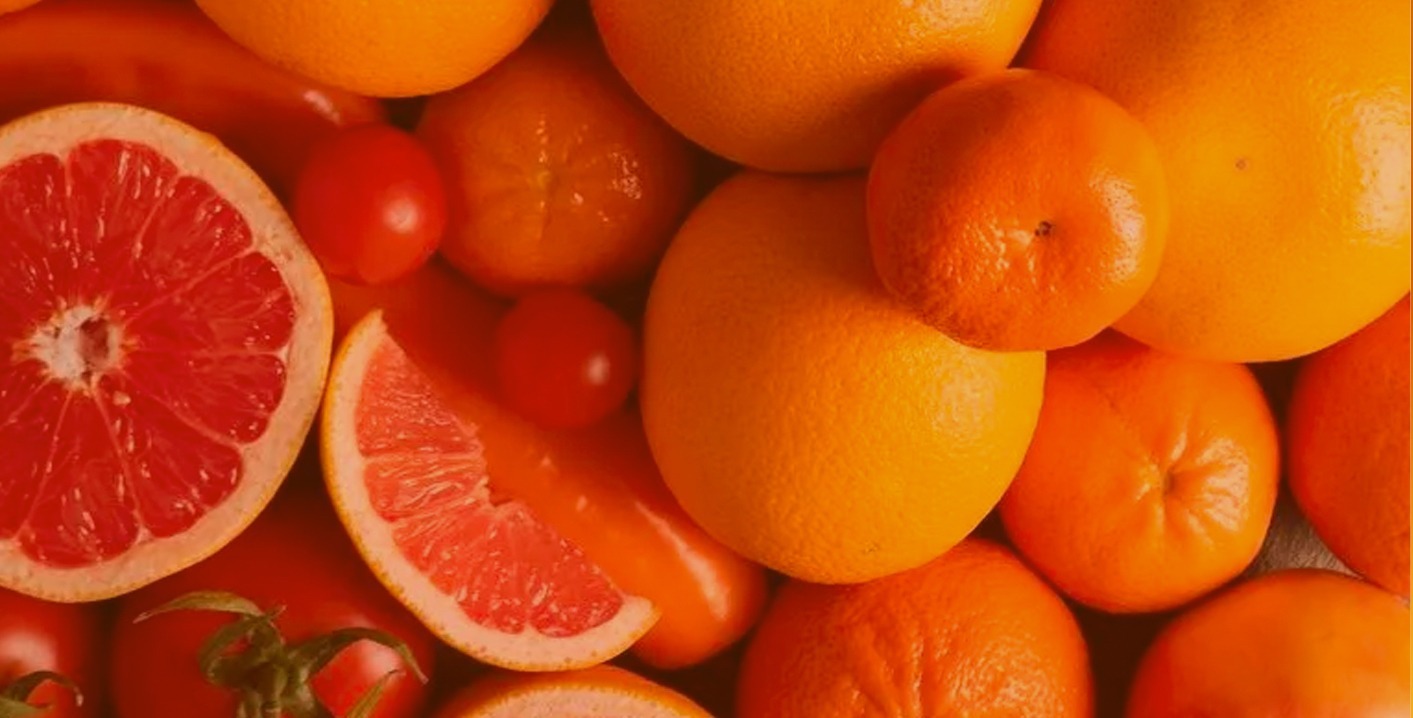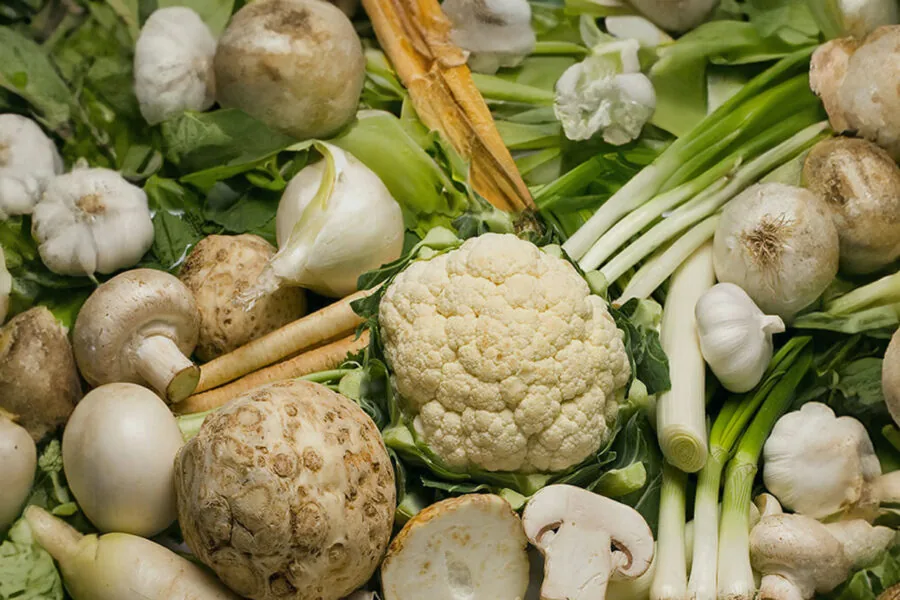The spectrum of orange and yellow foods indicate the diverse array of nutrients infused within these color shades. The rich pigments that give the color to these vegetables and fruits not only for the eye but also for benefiting the body functions by playing a crucial role in sustaining human health.
Beta-carotene
One of the important elements of this spectrum is beta-carotene which is the precursor to Vitamin A.

This key player is responsible for giving the warm, inviting colors upon many of these foods. Beyond its visual allure, beta-carotene serves as a potent ally in promoting optimal vision and supporting skin health. As the body converts this compound into vitamin A, it’s role in the immune system is fortifying the body’s defense against external threats such as viruses, mycotoxins, pathogens, free radicals, and stress. Orange and yellow color food sources of Beta-carotene: Carrots, sweet potatoes, pumpkins, mangoes, apricots, squash, papaya, sweet bell peppers, cantaloupe.
Antioxidant Characters in Natural Yellow and Orange Foods
Delve into the world of colorful foods, you will find lots of vitamin C, which extends far beyond its well-known association with citrus fruits. It does more than just help your immune system; it also makes your skin glow by helping to create collagen. Vitamin C facilitates the conversion of cholesterol into bile acids, and hence lowers blood cholesterol levels. Orange and yellow color food sources of Vitamin C: Oranges, limes, lemons, mandarins, bell peppers, mangoes, pineapples, carrots, pumpkin, guava, cantaloupe.
The golden-colored foods are rich in potassium, a mineral that does wonders for your heart and balance fluids in your body. Potassium is vital to transmit nerve signals. Therefore, it’s related to muscle contraction, heart contraction, hormone release and muscle repair. Orange and yellow color food sources of Potassium: Banana, yellow potatoes, sweet potatoes, pumpkin, mangoes, apricots, winter squash, cantaloupe.
In this colorful mix, some fruits and vegetables have special elements like bromelain (food source: pineapples) and curcumin (food source: turmeric). These are natural superheroes that fight inflammation and have potential anti-cancer properties. The bromelain enzyme also supports digestion.
As you enjoy the variety of natural orange and yellow colored food, you’re going on a food adventure that goes beyond just flavors and looks. It’s a combination into feeling well and healthy, where every compound has its dedicated task to make your body work to the fullest potential.
Make your diet colorful!
Cooking tips
High temperatures can harm the structure of Vitamin C. When you choose a high-heat cooking method, the vitamin starts losing its beneficial sides. Also, since Vitamin C dissolves in water, it can go into the cooking liquids. To preserve the vitamin in your food, try using less water during cooking, opt for steaming or slow baking options. That way, you can make sure the vitamin stays in your meals1.
- Harvard School of Public Health, March 2023, Vitamin C www.hsph.harvard.edu/nutritionsource/vitamin-c// ↩︎


